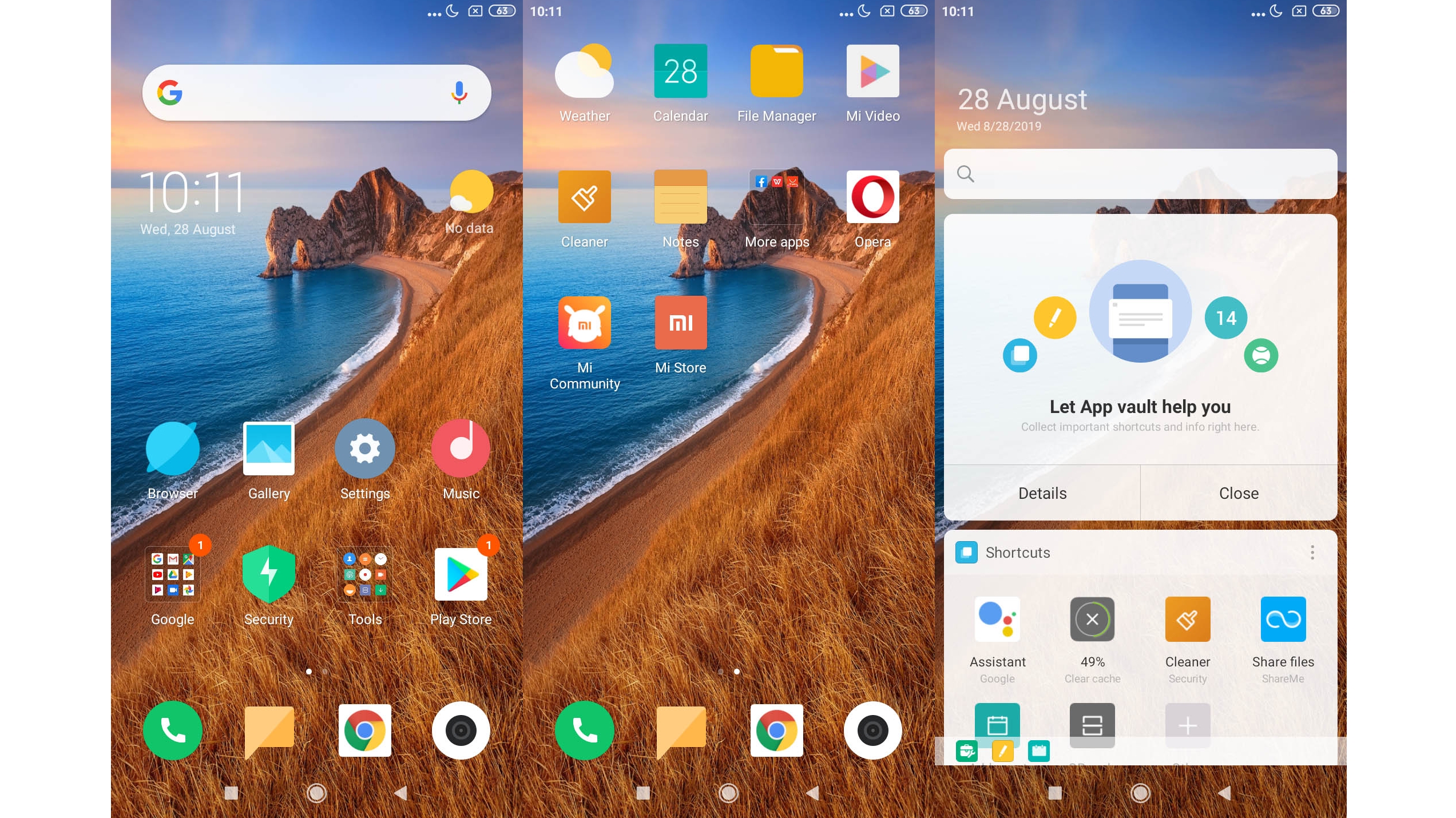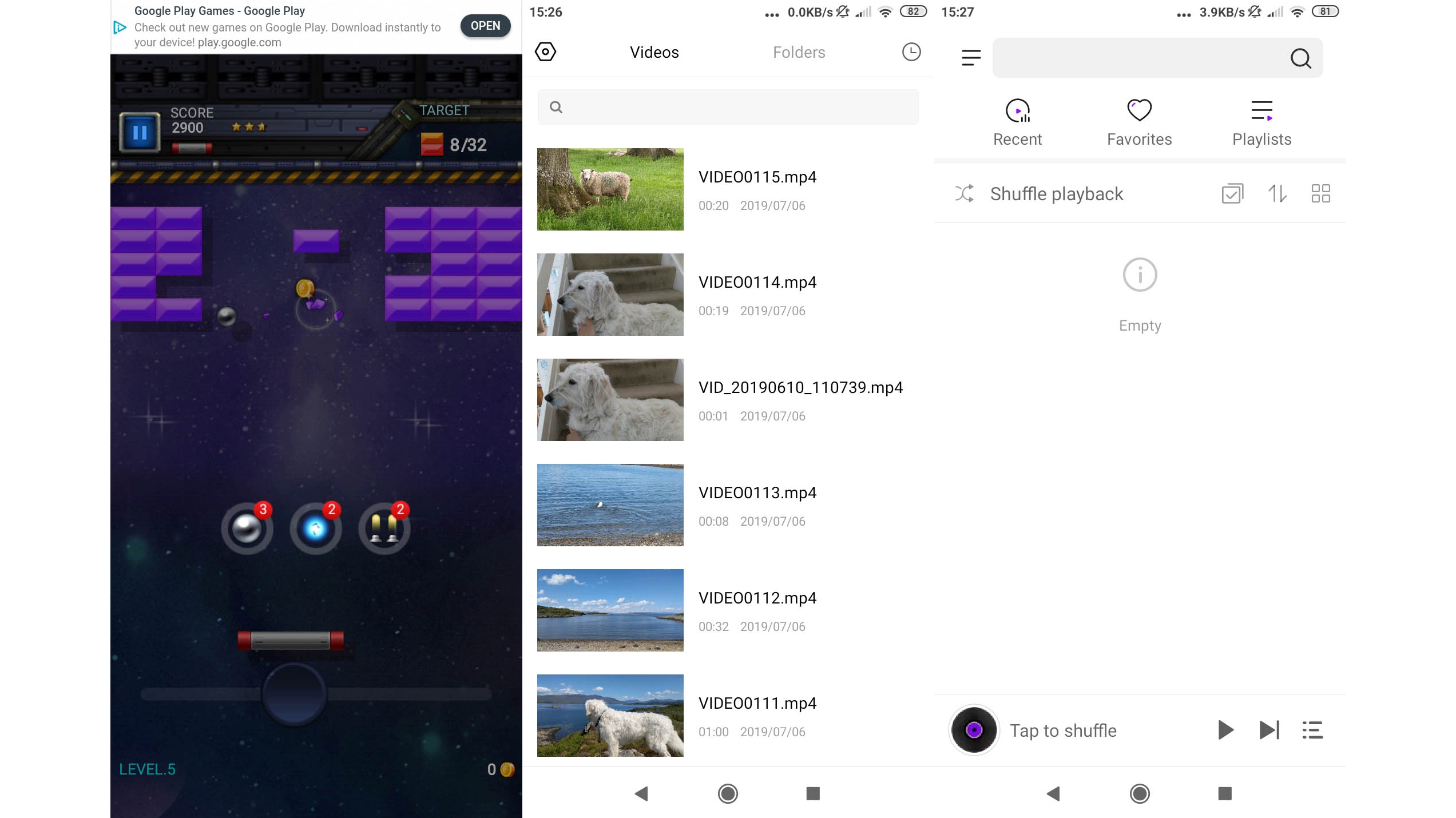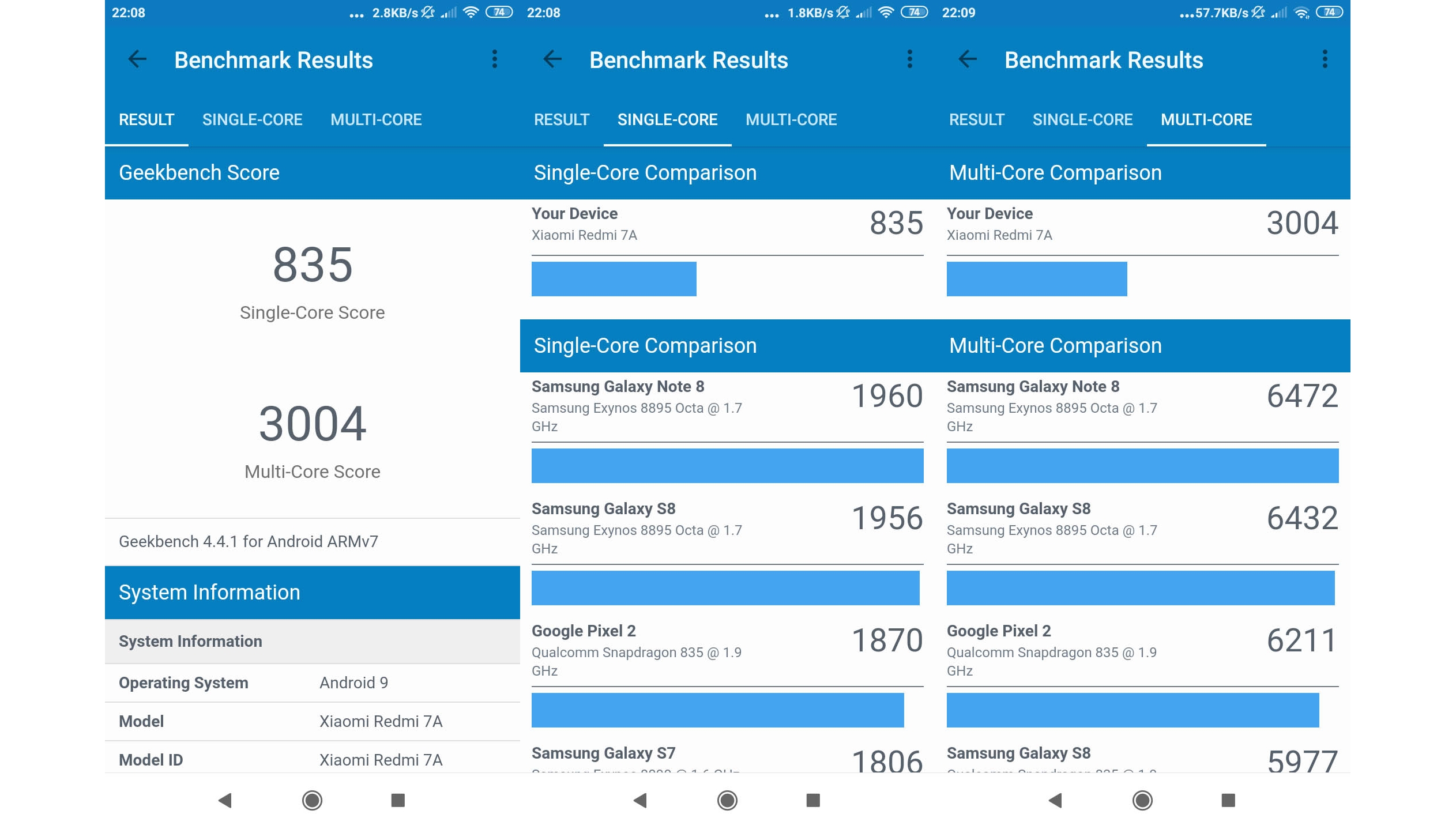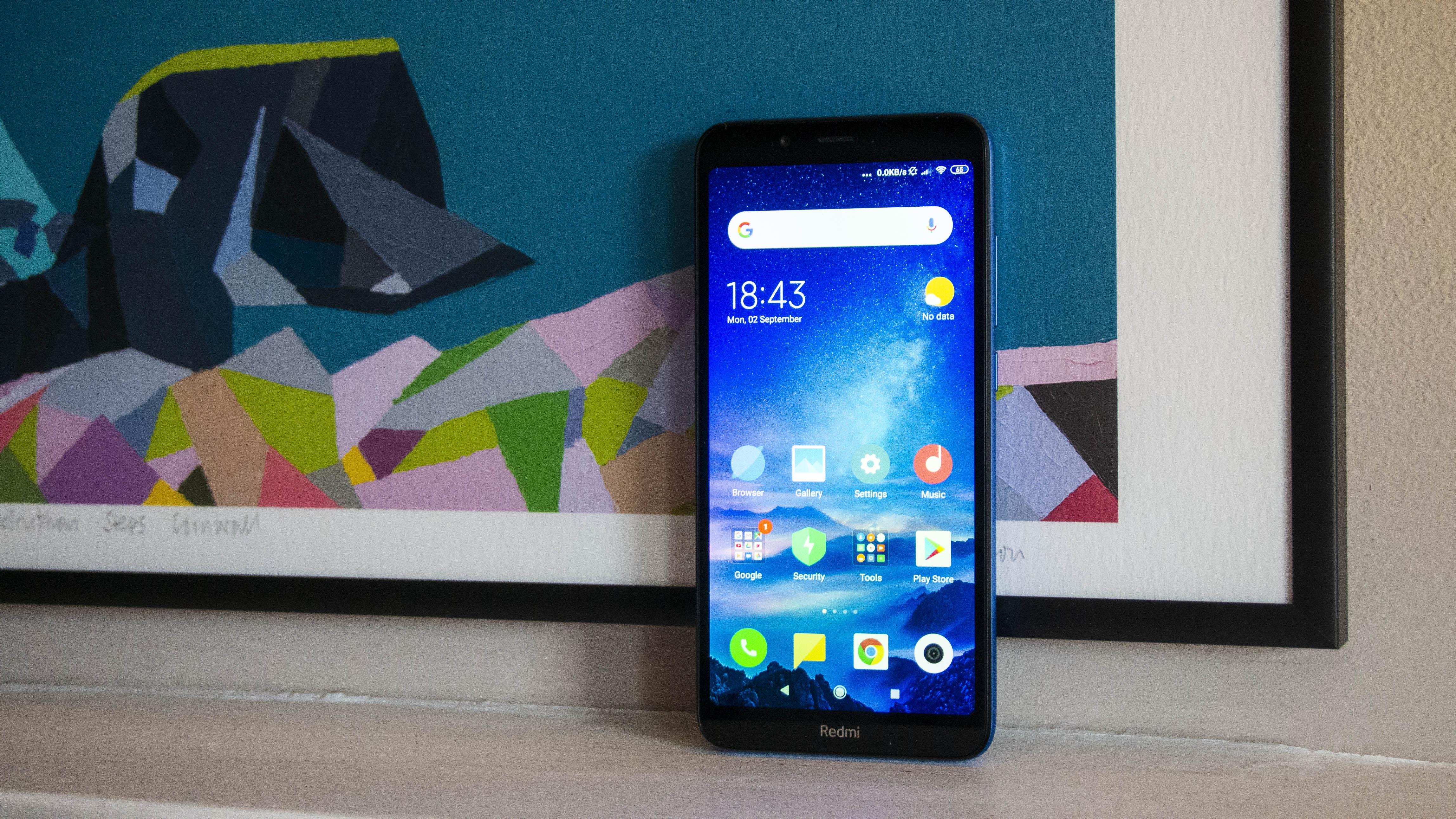Why you can trust TechRadar
Interface and reliability
- MIUI runs over Android 9
- No app drawer
- Lots of bloat
The Redmi 7A is a phone produced by Xiaomi, and like all phones made by Xiaomi, it comes running the firm’s proprietary software layer for Android, MIUI.
The tech Twitterati have long railed against such software layers, some calling them antithetical to the philosophy of Android, more saying they only serve to confuse users with useless features while slowing down the experience of using the device.
MIUI is certainly stuffed to the gills with options that many will never consider using, such as ‘Second Spaces’, and this may prove to be a little overwhelming to those who like their devices to be simple. The settings menu is certainly so dense that lost tribes are rumored to be contained somewhere within.
But the customizations from Xiaomi aren’t just limited to extra features, the manufacturer has changed the very way the operating system works. Apps, when installed, don’t sit in a drawer, instead piling off to infinity on the right on the home screen.

For those coming from another phone, there will be a real settling in period with this, and some may not like the transition. That said, when one knows where to go and how to achieve what they wish to achieve, the bevy of options can prove to be useful, such as the screen calibrator.
As ever however, giving more customization options gives the consumer more opportunities to ruin their own experience, as such a modicum of caution is best applied.
It can’t be said however, that MIUI is especially slow. There aren’t too many animations, and working through the home screens is a fuss-free affair, and the in-built apps mostly work well too.
Sign up for breaking news, reviews, opinion, top tech deals, and more.
We do wish there weren’t so many of these however, every service is duplicated, sometimes more than twice, and those who have privacy concerns with the likes of Facebook will be dismayed to see it installed by default, and impossible to remove.
Movies, Music and Gaming
- Big battery and adequate screen make this solid for basic media
- 2GB of RAM isn't enough for demanding tasks
With a relatively small screen by modern standards, the Xiaomi Redmi 7A is, in theory, not that well suited to content consumption. It doesn’t have HDR or any fancy buzzwords attached. But for watching the odd episode of something on the go, indulging in the odd spot of gaming and for listening to music, it is a solid option.
That is assuming that you don't wish to push it too hard. Standard fare such as Candy Crush is well within its capabilities, however you will not be blasting PUBG on highest graphics settings. The bottom-firing speaker also works well enough, getting sufficiently loud to be heard above a shower, and without the sound distorting overly.

The battery life is the Redmi 7A's strongest claim to be a content champion. This is a device which will easily see you through a long haul flight, and then the trip home from the airport. An issue holding it back from being an instant recommendation however is the limited RAM.
For all of Android’s many strengths, efficient RAM management is not one. Even cut back versions of the operating system specifically designed for the task, such as Android Go, suffer from lag.
With 2GB of RAM, the Redmi 7A struggles to hold apps in memory for any significant length of time, trying split-apps is touch-and-go, and more intensive processes are likely to take a lot longer than they would otherwise.
This will affect how future-proof the device is too. As the requirements for apps become ever higher with new more powerful devices being released, how well the Redmi will perform even a year from now is up in the air.
Performance and benchmarks
- Solid general performance
- Snapdragon 439 chipset

This said, the chipset powering the Redmi is mostly up to the task. The Snapdragon 439 is built on a 12nm manufacturing process, making it nice and modern, and it sports eight cores to power through daily tasks. The 4XX series of processors sit under more powerful and premium options, such as the 6XX series and the 8XX series, and are generally considered as sufficient for the majority of users.
This mostly bears out in the benchmarks, with the device achieving a single-core score of 835, and a multi-core score of 3,004 in Geekbench 4. Benchmarks are never really a completely accurate measure of how a device will perform in the day to day, however the experience of using the Redmi 7A, in the knowledge that it costs £100 (around $125/AU$180), is absolutely a pleasant one.
Again, the lack of RAM is the biggest issue, and Xiaomi’s software support in the long term will be essential in keeping this device feeling fresh in months to come.
Current page: Anything else I should know?
Prev Page Battery life and camera Next Page Verdict and competitionSean is a Scottish technology journalist who's written for the likes of T3, Trusted Reviews, TechAdvisor and Expert Reviews.
